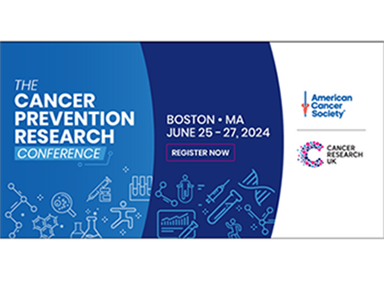American Cancer Society Prevention and Early Detection Guidelines
The American Cancer Society has created guidelines for the prevention and early detection of cancer. Read complete versions of all our guidelines, find patient-friendly versions, and learn more about how ACS develops its recommendations here.
About the Guidelines
How the Guidelines Are Created
The ACS develops guidelines for cancer screening and prevention to meet the needs of clinicians, the general public, and policy.
Screening Guidelines Development Process
Since 1980, the American Cancer Society (ACS) has introduced and periodically updated guidelines or guidance related to screening and/or informed decision-making about tests for early detection of cancers (and, in some cases, precursor lesions) of the breast, cervix, colon and rectum, endometrium, lung, and prostate. These screening guidelines have evolved with new scientific data, as new screening technologies became available, and as standards for creating guidelines changed.
Read more about our screening guideline creation process.
Prevention Guidelines Development Process
For people who do not use tobacco, the most important modifiable determinants of cancer risk are weight control, dietary choices, and levels of physical activity.
The American Cancer Society (ACS) publishes the Diet and Physical Activity Guideline to serve as a foundation for its communication, policy, and community strategies and, ultimately, to affect dietary and physical activity patterns among people living in the US. This guideline is developed by a national panel of experts in cancer research, prevention, epidemiology, public health, and policy, it reflects the most current scientific evidence related to dietary and activity patterns and cancer risk. The guideline focuses on recommendations for individual choices but also present recommendations for community action to create a supportive social and physical environment in which individuals have genuine opportunities to choose healthy behaviors. The guideline is updated every 5-7 years, as new evidence accumulates.
Highlights
These guidelines address the populations for whom testing is recommended or not recommended, the recommended tests and testing intervals, and the benefits, limitations, and harms associated with testing for early cancer detection.
- ACS guidelines for the early detection of cancer in average-risk adults endorse screening for breast cancer, cervical cancer, and colorectal cancer.
- ACS recommends informed and/or shared decision-making for adults men considering prostate cancer screening based on uncertainties and differing values about the uncertainty of the balance of benefits and harms.
- ACS lung cancer screening guidelines also stress informed and shared decision-making.
- ACS guidelines for risk reduction and prevention include recommendations for nutrition and physical activity and for use of the human papillomavirus (HPV) vaccine.
Current Guidelines
Nutrition and Physical Activity Guidelines
Since 1991, the American Cancer Society has published guidelines that focus on nutrition and physical activity, aimed at advising health care professionals, policy makers, and the general public about dietary and other lifestyle practices that reduce cancer risk. These guidelines provide a summary of the current scientific evidence about weight control, physical activity, and nutrition related to cancer prevention.
In addition to recommendations regarding individual choices, the ACS guideline underscores what communities can and should do to facilitate healthy eating and physical activity behaviors.
Most recently, the 2020 Diet and Physical Activity Guidelines for Cancer Survivors provide health care providers and patients with evidence-based information to help cancer survivors and their families make informed choices related to nutrition and physical activity, to improve treatment outcomes, quality of life, and overall survival.
Vaccine Guidelines
The American Cancer Society recommends HPV vaccination for boys and girls between age 9 and 12. Children and young adults age 13 through 26 who have not been vaccinated, or who haven’t completed the vaccine series, should get the vaccine as soon as possible.



